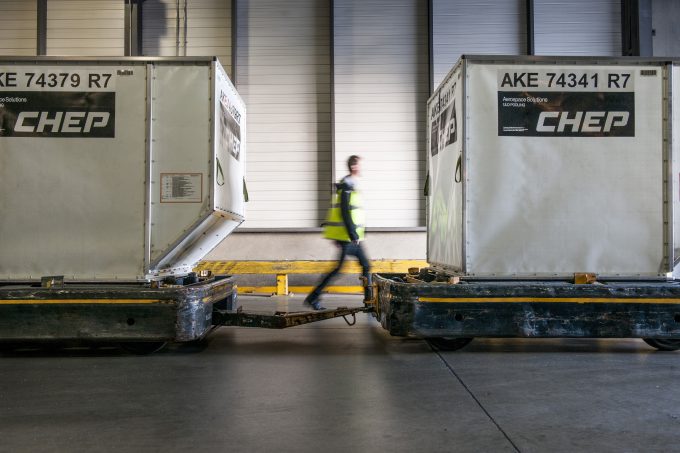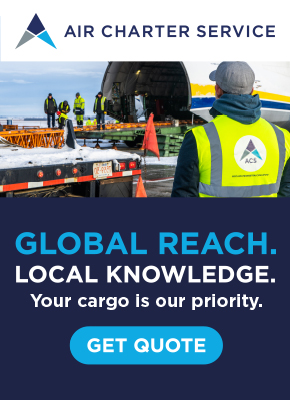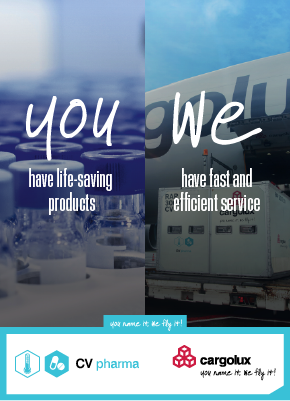
Damage to ULDs costs the aviation industry $300m every year – plus a further $100m for fixing the scuffs and scrapes mishandled units cause to aircraft on the ground.
The good news is that the line on the graph is level, not upward, but IATA believes better care of ULDs and further investment by airlines in next-generation lightweight containers could cut the annual repair bill by more than 75%.
One problem, head of cargo operations Brendan Sullivan explained to the cargo media recently, is the increasing trend to outsource ULD operations. This has resulted in many more people “handling a very important aircraft part that plays a vital role in flight safety as well as safety on the ground”.
Without looking to point fingers, Mr Sullivan urged the industry “to get that trend moving downwards”.
He said IATA was working to get a grip on the issue by way of a ULD quality and safety programme based on its updated regulations manual, an enhanced training portfolio and an industry awareness campaign.
One of the leaders in outsourced ULD management, CHEP Aerospace Solutions, believes almost one million units are in circulation worldwide, 60% of them baggage containers and 40% cargo pallets. With an average of 1.5 repair cycles a year at a cost of $250 a time, CHEP president Ludwig Bertsch agreed the IATA estimate was close to the mark.
Although accidents are inevitable, Mr Bertsch told The Loadstar that 80% of damage related to mishandling.
“Most carriers have outsourced handling away from their main hubs, and some even within those hubs,” Bertsch said. Predictably, he did not blame outsourcing as such, but said: “The ones who are handling ULDs are not adhering to defined procedures. For whatever reason, senior management are not taking this seriously.
“Those who do, who carry out audits on GHAs [general handling agents] and invoice them for damage, have significantly lower costs.”
CHEP competitor Jettainer, which owns and manages more than 90,000 containers and pallets for carriers such as American Airlines, Lufthansa and Etihad, has noted big differences in ULD damage rates between client airlines.
Shake-sensitive GPS sensors are in development that could help personnel determine whether a ULD was still airworthy, and reveal where damage had occurred.
Jettainer’s JetAPP mobile IT solution can also play its part. Users can take photos using a mobile device as part of the inventory and repair function. This tool can not only identify when a unit has been damaged, but also helps to categorise the root cause, according to the company’s operations director, Michael-Thomas Popp
Systems now under development would even be able to identify the staff on duty at the time an incident occurred in the warehouse.
However, the company believes the ultimate answer is human interaction rather than technology.
“The best approach is to train people first instead of throwing the book at them when something goes wrong,” Mr Popp said.
In the last year, the company has been introducing ground handling support agents with whom carriers and their handlers can liaise. So far there is one at Frankfurt, one at each of American Airlines’ five main hubs in the US, one at Etihad’s Abu Dhabi hub and another based in Rome and Milan to cover Alitalia’s baggage and cargo ULD operations.
“There is no contractual link between us and the GHA, so we have to go via the airline,” Mr Popp said. “But there has been a significant improvement at these locations, in terms of data quality and not just damage reduction, and it’s something we will build in when we take on new clients.”
Mr Popp sits on the board of ULD Care, the Canada-based organisation which started as an IATA committee in 1971 and became a separate legal entity in 2011.
ULD Care operates a global interline database and a neutral, multilateral control system which tracks movements of units between members. In addition to its gatekeeper role, ULD Care facilitates regulatory compliance and best business practices, explained Urs Wiesendanger, president of the organisation and chairman of the IATA ULD board.
A new ULD advisory (120-85A) from the US Federal Aviation Administration and tougher rules in the UK, where all ground incidents must now be reported, underlined the importance of safe equipment handling, Mr Wiesendanger said.
“It’s not just about airlines. We need GHAs and freight forwarders to join the conversation,” he stressed.
IATA’s ULD Regulations, which replaced a former technical manual, had become a more useful template following the addition of handling content, Mr Wiesendanger said. “Things are improving now there’s a common training standard – solutions are there for an outsourcer.”





